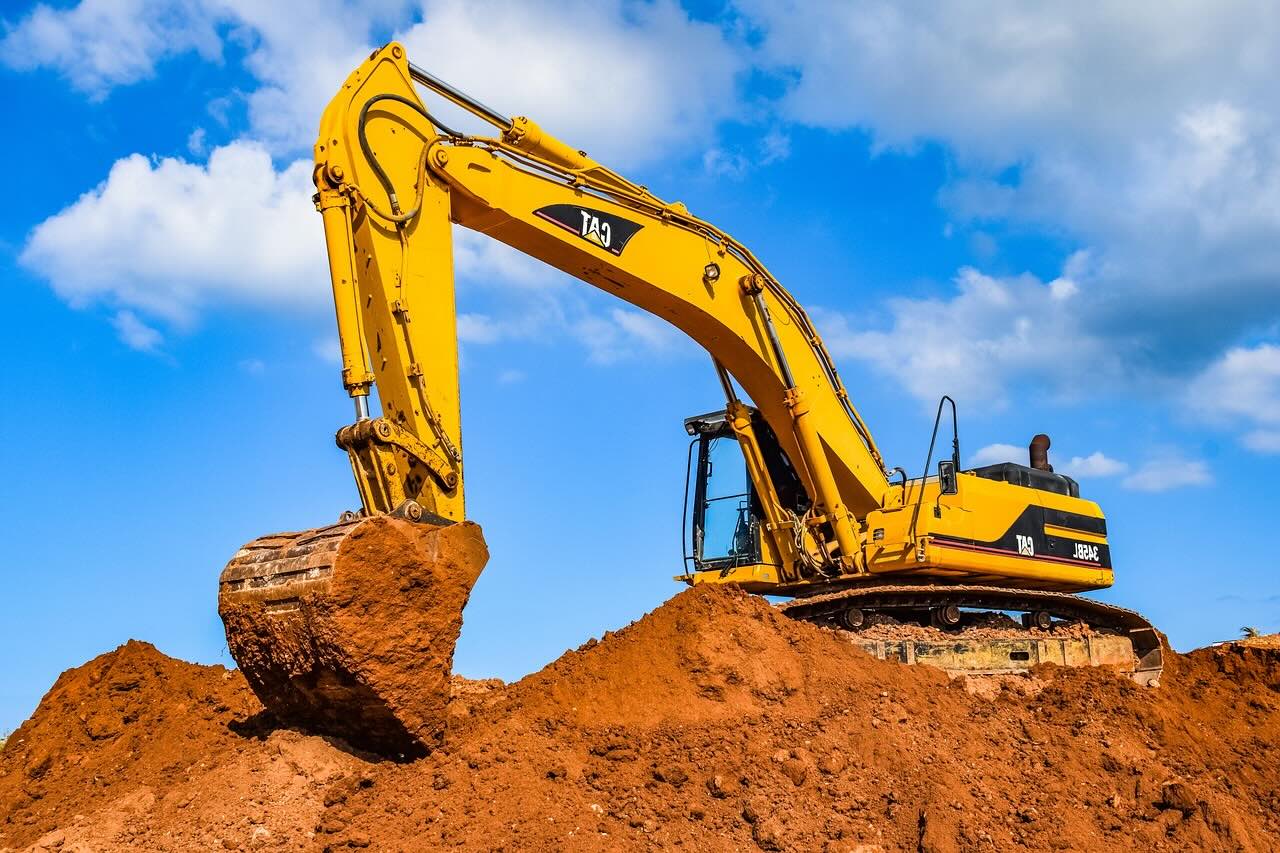
Why do dogs dig? This question has puzzled many pet owners. Dogs dig for several reasons, and understanding these can help you manage this behavior. Instinct plays a big role; digging is a natural activity for dogs, inherited from their wild ancestors who dug to create safe dens. Boredom is another common reason. When dogs lack mental or physical stimulation, they may dig to entertain themselves. Comfort also drives dogs to dig; they might be trying to create a cool spot to lie in during hot weather. Hiding treasures like bones or toys is another reason. Lastly, some dogs dig to escape from a yard or confinement. Knowing these reasons can help you address your dog's digging habits effectively.
Digging into the World of Digging
Digging is an activity as old as time. From ancient civilizations to modern construction, digging has played a crucial role in shaping our world. Let's unearth some fascinating facts about digging.
Historical Significance of Digging
Digging has been pivotal in human history, from agriculture to archaeology. Here are some intriguing historical facts.
- The First Shovel: The earliest known shovels date back to 2000 BC, made from animal bones.
- Ancient Irrigation: Ancient Egyptians dug extensive irrigation canals to harness the Nile's waters.
- Roman Roads: Romans dug deep foundations for their roads, some of which are still in use today.
- Terracotta Army: Discovered in 1974, the Terracotta Army was buried in pits dug over 2,000 years ago.
- Gold Rush: The California Gold Rush of 1848 saw thousands digging for gold, transforming the American West.
Digging in Nature
Animals and plants also dig for various reasons. Here are some natural digging facts.
- Moles: Moles can dig tunnels at a rate of 18 feet per hour.
- Ants: Some ant species build underground colonies with complex tunnel systems.
- Prairie Dogs: These animals create extensive burrow systems called "towns."
- Earthworms: Earthworms aerate the soil by digging, which helps plants grow.
- Root Systems: Tree roots can dig deep into the soil, sometimes reaching depths of over 20 feet.
Modern Digging Techniques
Modern technology has revolutionized digging. Here are some facts about contemporary digging methods.
- Excavators: Modern excavators can dig up to 48 feet deep.
- Tunnel Boring Machines: These machines can dig tunnels through mountains and under cities.
- Hydraulic Mining: This technique uses high-pressure water jets to dig through rock.
- Directional Drilling: Used for installing underground utilities without disturbing the surface.
- Vacuum Excavation: Uses high-powered suction to remove soil and debris.
Digging in Popular Culture
Digging has also found its way into popular culture. Here are some fun facts.
- "Dig Dug": A classic arcade game where players dig tunnels to defeat enemies.
- "The Dig": A popular video game that involves archaeological digging.
- "Holes": A novel and movie about boys digging holes as punishment.
- "Indiana Jones": The famous archaeologist often digs for ancient artifacts.
- "Minecraft": A game where players dig to gather resources and build structures.
Digging for Science
Scientific digging has led to incredible discoveries. Here are some scientific digging facts.
- Fossil Excavation: Paleontologists dig to uncover dinosaur fossils.
- Ice Cores: Scientists dig into ice sheets to study climate history.
- Geothermal Energy: Digging deep wells to harness Earth's heat for energy.
- Archaeological Digs: Uncovering ancient civilizations and artifacts.
- Soil Sampling: Digging small holes to analyze soil composition.
Digging Tools and Equipment
Various tools and equipment have been developed for digging. Here are some facts about them.
- Shovels: The most basic and widely used digging tool.
- Pickaxes: Used for breaking hard ground and rocks.
- Backhoes: Versatile machines used in construction and landscaping.
- Augers: Tools that drill holes into the ground.
- Trenchers: Machines designed to dig trenches for pipes and cables.
Environmental Impact of Digging
Digging can have significant environmental impacts. Here are some related facts.
- Erosion: Digging can lead to soil erosion if not managed properly.
- Habitat Destruction: Construction digging can destroy animal habitats.
- Deforestation: Digging for mining often leads to deforestation.
- Water Table: Excessive digging can lower the water table, affecting water supply.
- Pollution: Digging activities can release pollutants into the environment.
Fun Facts about Digging
Let's end with some light-hearted and fun facts about digging.
- Dog Digging: Dogs often dig to bury bones or create cool spots to lie down.
- Sandcastles: Building sandcastles involves a lot of digging.
- Treasure Hunts: Many treasure hunts involve digging to find hidden items.
The Final Scoop
Digging into these 38 facts has been quite the adventure. From ancient tools to modern machinery, the world of excavation is full of surprises. We’ve learned about the deepest holes, the oldest shovels, and even some quirky digging animals. Whether you’re a history buff, a science geek, or just someone who loves random trivia, there’s something here for everyone.
Remember, the next time you see a construction site or a backyard project, there’s a lot more going on beneath the surface than meets the eye. Digging isn’t just about moving dirt; it’s about uncovering stories, making discoveries, and sometimes, even changing the world. So, keep your curiosity alive and who knows? Maybe you’ll be the one to unearth the next big find. Happy digging!
Was this page helpful?
Our commitment to delivering trustworthy and engaging content is at the heart of what we do. Each fact on our site is contributed by real users like you, bringing a wealth of diverse insights and information. To ensure the highest standards of accuracy and reliability, our dedicated editors meticulously review each submission. This process guarantees that the facts we share are not only fascinating but also credible. Trust in our commitment to quality and authenticity as you explore and learn with us.
